Lexus UX 250h drives the marque’s sustainable ethos forwards
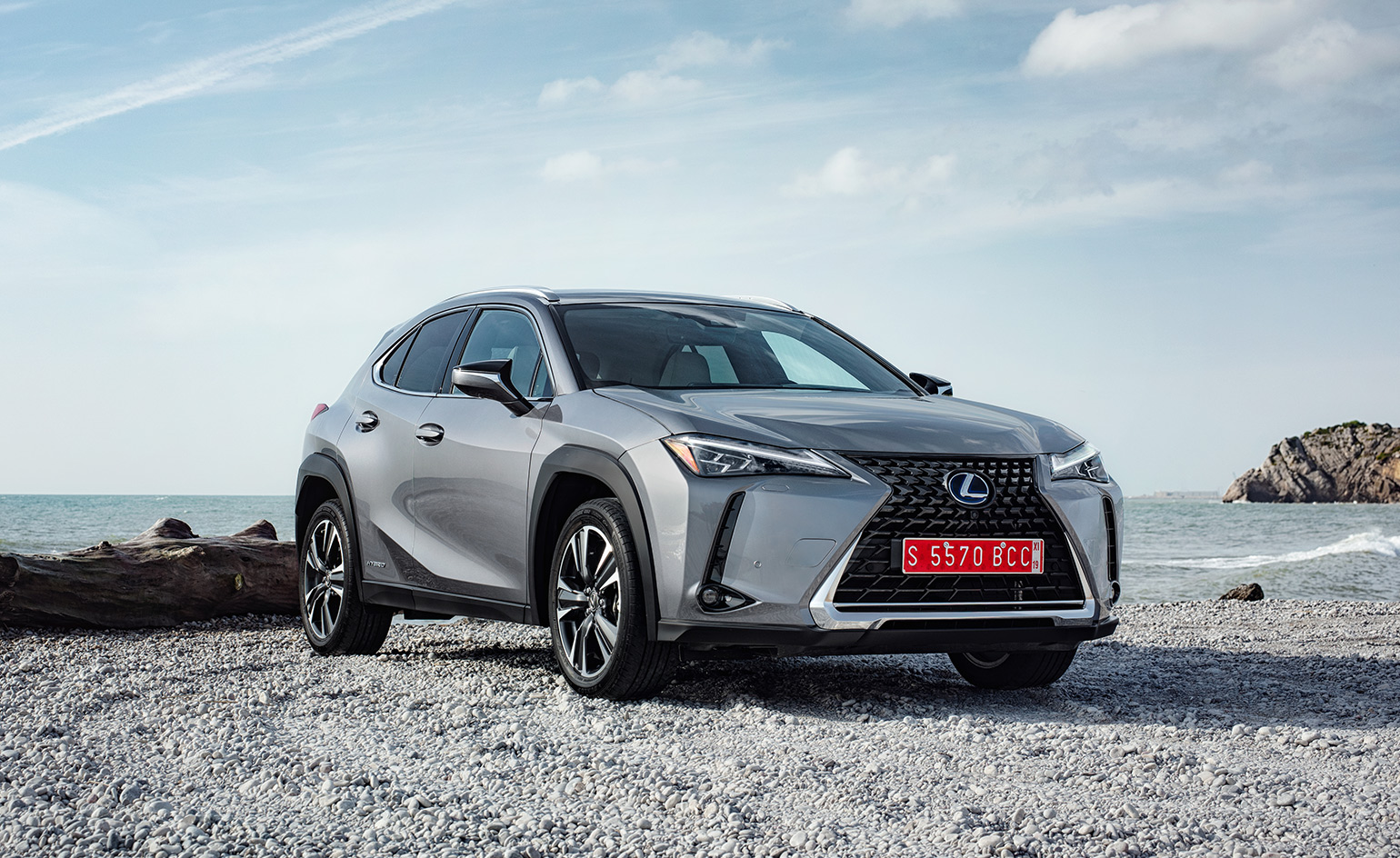
A decade or so ago, the traditional car industry was still being rather shy in its approach to sustainability. Some of the more progressive designers have long been active behind the scenes, yet it took the fear of strict legislation, and the spark from Tesla’s success in particular, to truly challenge frontiers.
Against this background, Lexus has been leading a quiet ecological revolution. This is a company that tends not to shout too loud. In 1989, when Toyota first introduced its luxury arm, a single consumer complaint led to a special service campaign, marking Lexus as a customer-focused brand. In 2004, the marque became one of the first to invest in hybrid-electric powertrains, debuting the efficient technology in the world’s original luxury hybrid the RX 400h, and then three years later in the first V8 hybrid LS 600hL.
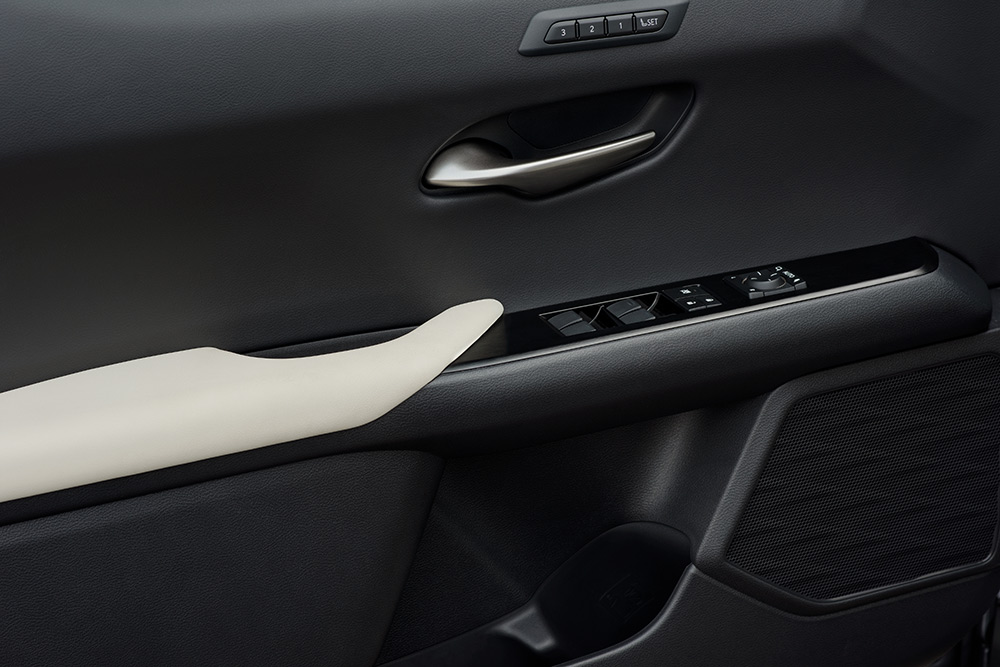
The UX is the latest product to join the Lexus hybrid family to be its smallest SUV. Lexus has been delivering premium sports utilities for some 24 years, and although our roads are congested with crossovers of all shapes and sizes, the genre’s popularity is ever-growing, especially with more compact products like this. Adding a hybrid engine to an SUV, of course, makes perfect marketing sense.
The name is a take on ‘urban crossover’, alluding to the car’s appeal for urbanites and younger buyers. This UX 250h hybrid model pairs a 2.0-litre engine with the fourth-generation Lexus battery hybrid power. The marque refers to the UX as self-charging – referencing the additional conventional engine which eliminates the need for finding a charge mid-travel. It is a clever play on words, since Lexus will continue to concentrate on its hybrid technology with the view of entering the fully electric car market in the near future.
To drive the UX is difficult to fault. You sit a little high, although the ergonomics are sound. The car feels happiest in the city, riding at moderate speeds and quietly. The engine switches smoothly from petrol to electric which you can monitor on the digital display. The car will accelerate to 62mph in 8.5-seconds, while its top speed is electronically controlled at 110mph. There is an electronic CVT transmission, and a choice of front-wheel drive and the optional E-Four system, which diverts some of the drive to the rear wheels when extra traction is needed. Crucially, the car claims an average of 42.8mpg and emissions of 131g/km of CO2, numbers which rise to 35.6mpg and 157g/km with the 18-inch alloyed F-Sport model.
RELATED STORY
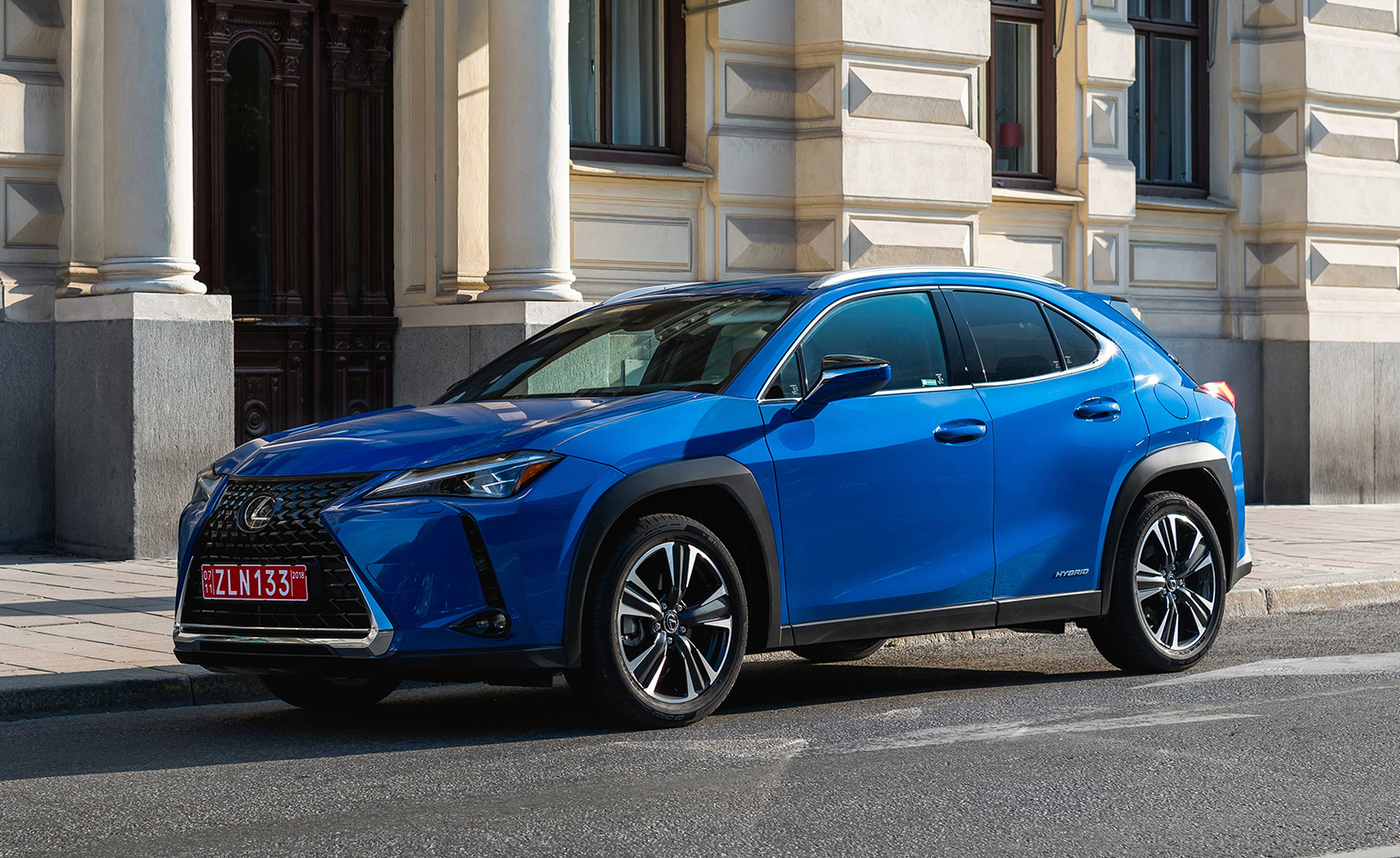
Like the Mercedes GLA, the UX continues the trend in adapting the tall hatchback vernacular. In the past, Lexus struggled to find a distinct visual voice, and there is still a certain earnestness to its current ‘L-finesse’ design theme. In the UX, it manifests in a more subtle take on the distinctive spindle grille with its block-shape mesh pattern, introduced in the LF-Gh concept eight years ago and subsequently the face of all Lexus cars.
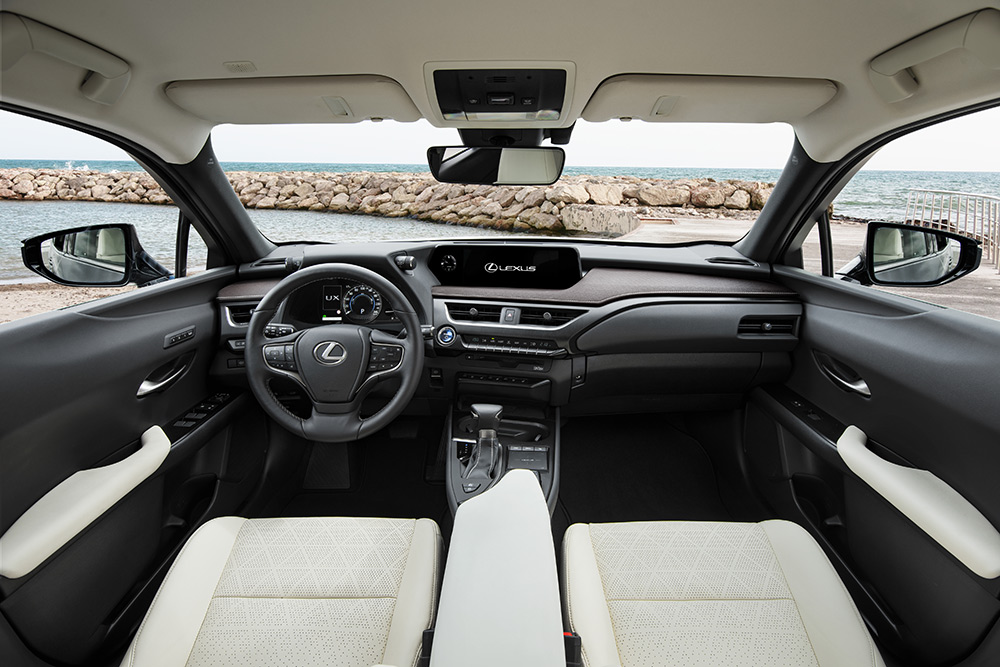
The cabin is bright, light and, essential for a hybrid, quiet with the upper deck of the instrument panel appearing to be extending out and beyond the windshield, a take from the architectural concept of ‘engawa’ – blurring the boundary between inside and out. The UX offers a high spec of advanced technology, including the company’s latest navigation and a clear graphic head-up-display as well as Amazon Alexa. On higher trim levels, it is also a gallery of sorts for presenting the intricate Takumi artisan skills of the handful of craftspeople who bring with them over twenty-five years of experience. Whereas the flagship LS saloon we drove last year is treated to all the Takumi delicacies, the UX gets teaser elements – material treatments on the dashboard, washi paper inspired trims, and crafted seats. Finally, the UX can be ordered with a Mark Levinson audio system and a sunroof.
For Lexus, the UX is a crucial product in Europe. In the UK alone, the firm says some 80 per cent of buyers are expected to be new to the marque. With its practical credentials, ecological flavour and quiet presence, this is certainly a possibility. There is also enough unusual styling for the UX to maintain its individuality on the road.
INFORMATION
Lexus UX, from £29,900, available from March. For more information, visit the Lexus website
Wallpaper* Newsletter
Receive our daily digest of inspiration, escapism and design stories from around the world direct to your inbox.
A writer and editor based in London, Nargess contributes to various international publications on all aspects of culture. She is editorial director on Voices, a US publication on wine, and has authored a few lifestyle books, including The Life Negroni.
-
 All-In is the Paris-based label making full-force fashion for main character dressing
All-In is the Paris-based label making full-force fashion for main character dressingPart of our monthly Uprising series, Wallpaper* meets Benjamin Barron and Bror August Vestbø of All-In, the LVMH Prize-nominated label which bases its collections on a riotous cast of characters – real and imagined
By Orla Brennan
-
 Maserati joins forces with Giorgetti for a turbo-charged relationship
Maserati joins forces with Giorgetti for a turbo-charged relationshipAnnouncing their marriage during Milan Design Week, the brands unveiled a collection, a car and a long term commitment
By Hugo Macdonald
-
 Through an innovative new training program, Poltrona Frau aims to safeguard Italian craft
Through an innovative new training program, Poltrona Frau aims to safeguard Italian craftThe heritage furniture manufacturer is training a new generation of leather artisans
By Cristina Kiran Piotti
-
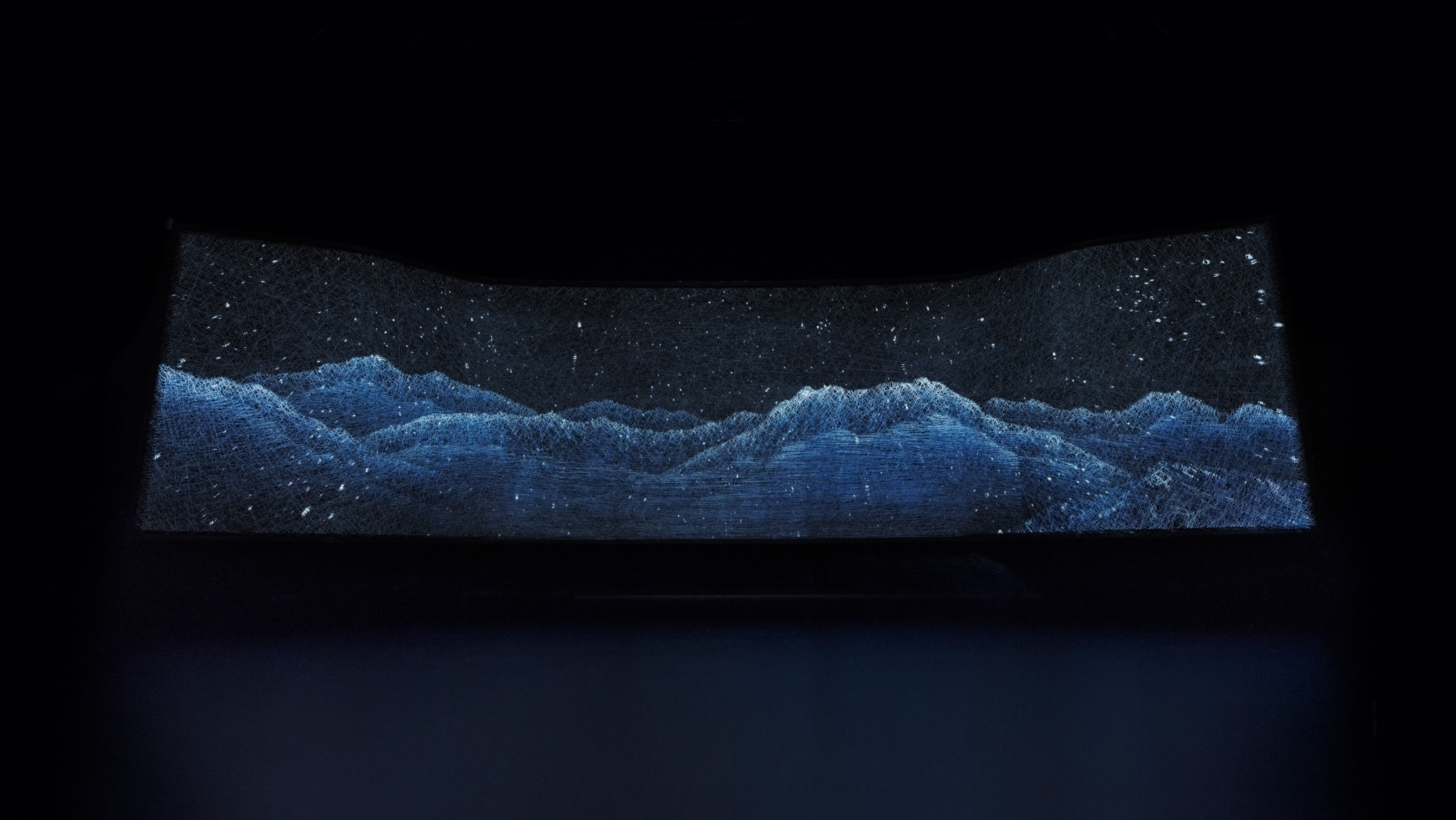 Lexus makes its mark on Milan Design Week 2025 with four new interactive installations
Lexus makes its mark on Milan Design Week 2025 with four new interactive installationsLexus’ annual installation at Milan Design Week focuses on human-centred technology and the role of data and design in shaping the luxury car of the future
By Jonathan Bell
-
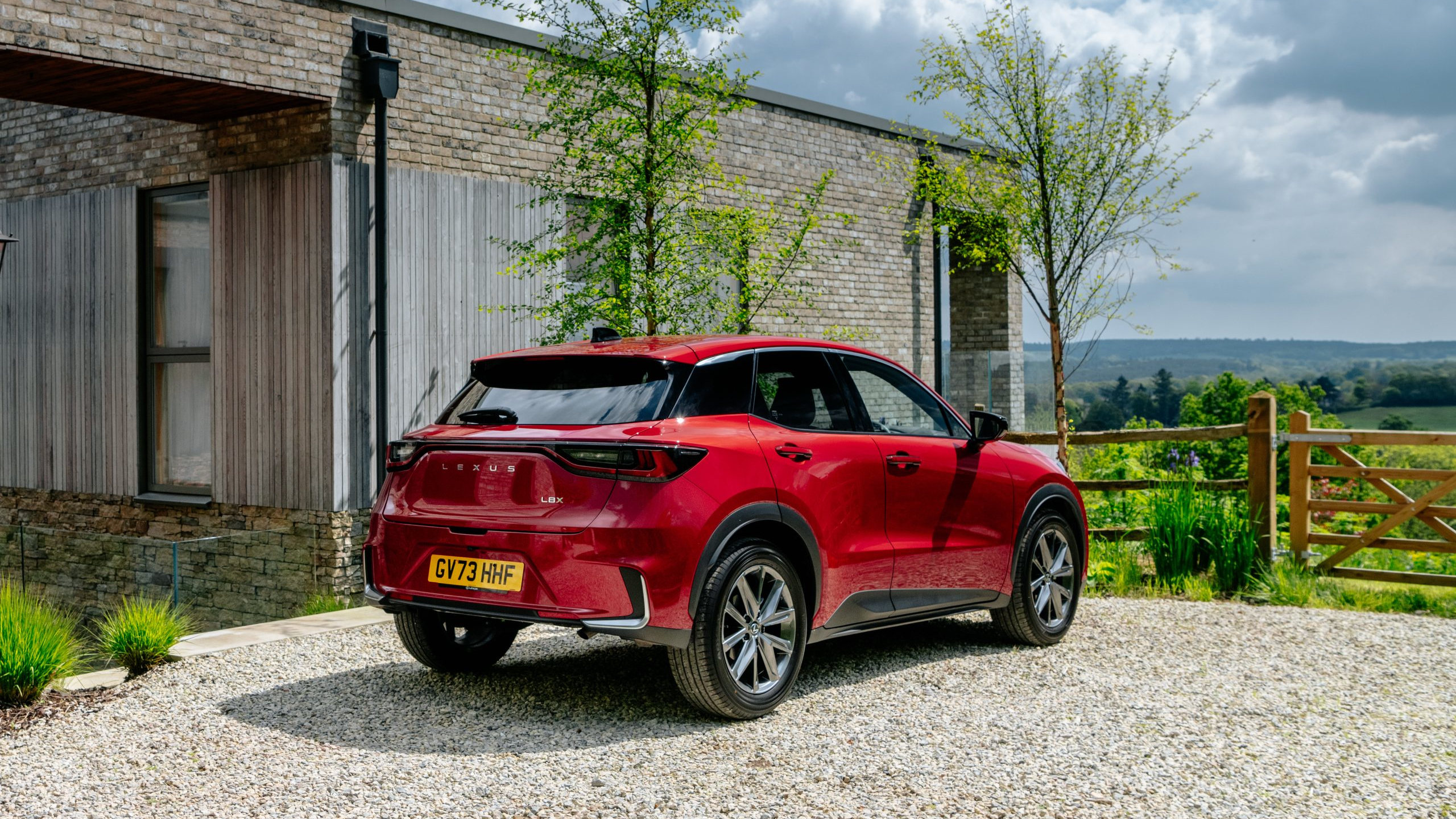 The Lexus LBX crams automotive luxury into a pocket-sized contemporary package
The Lexus LBX crams automotive luxury into a pocket-sized contemporary packageWe explore the world of Lexus’s diminutive LBX, and ponder on the validity of luxury design in a super small car
By Jonathan Bell
-
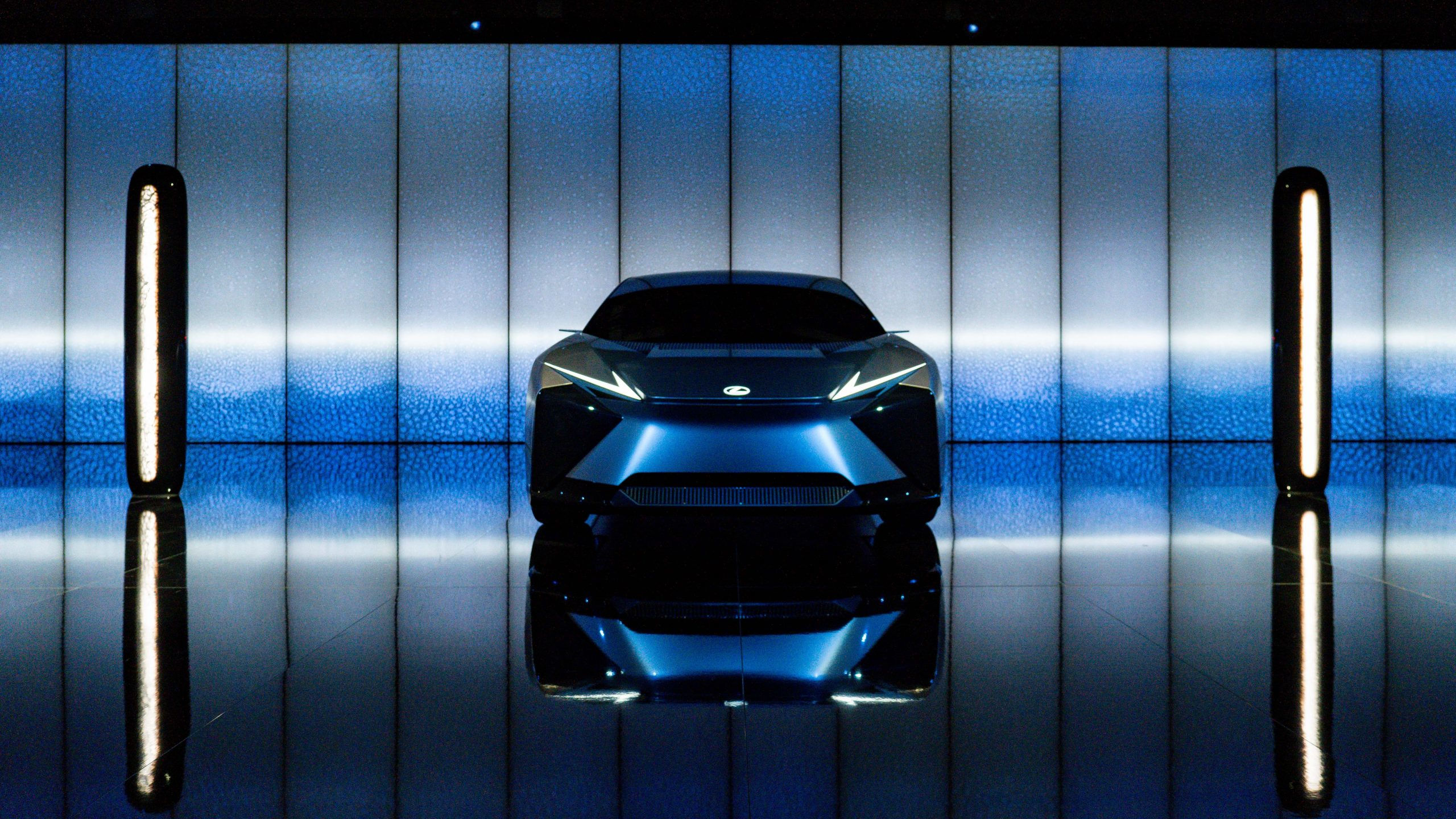 Lexus installation explores time at Milan Design Week 2024
Lexus installation explores time at Milan Design Week 2024Lexus brought designer Hideki Yoshimoto’s ‘Beyond the Horizon’ to Milan’s Art Point, part of its ongoing series of collaborations with Fuorisalone
By Nargess Shahmanesh Banks
-
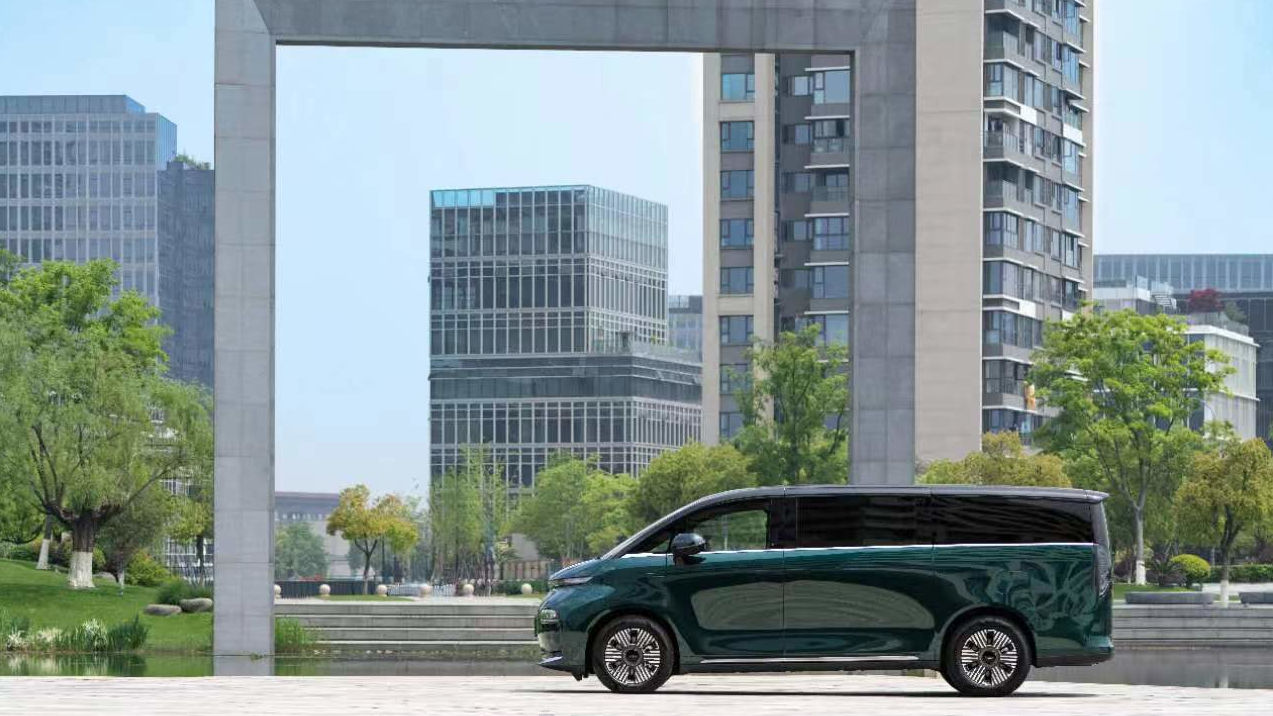 LEVC’s L380 is a truly magnificent minivan
LEVC’s L380 is a truly magnificent minivanThe London Electric Vehicle Company’s L380, is a magnificent minivan designed for upscale long-distance travel, as the maker of the London Taxi branches out into all-purpose EVs
By Jonathan Bell
-
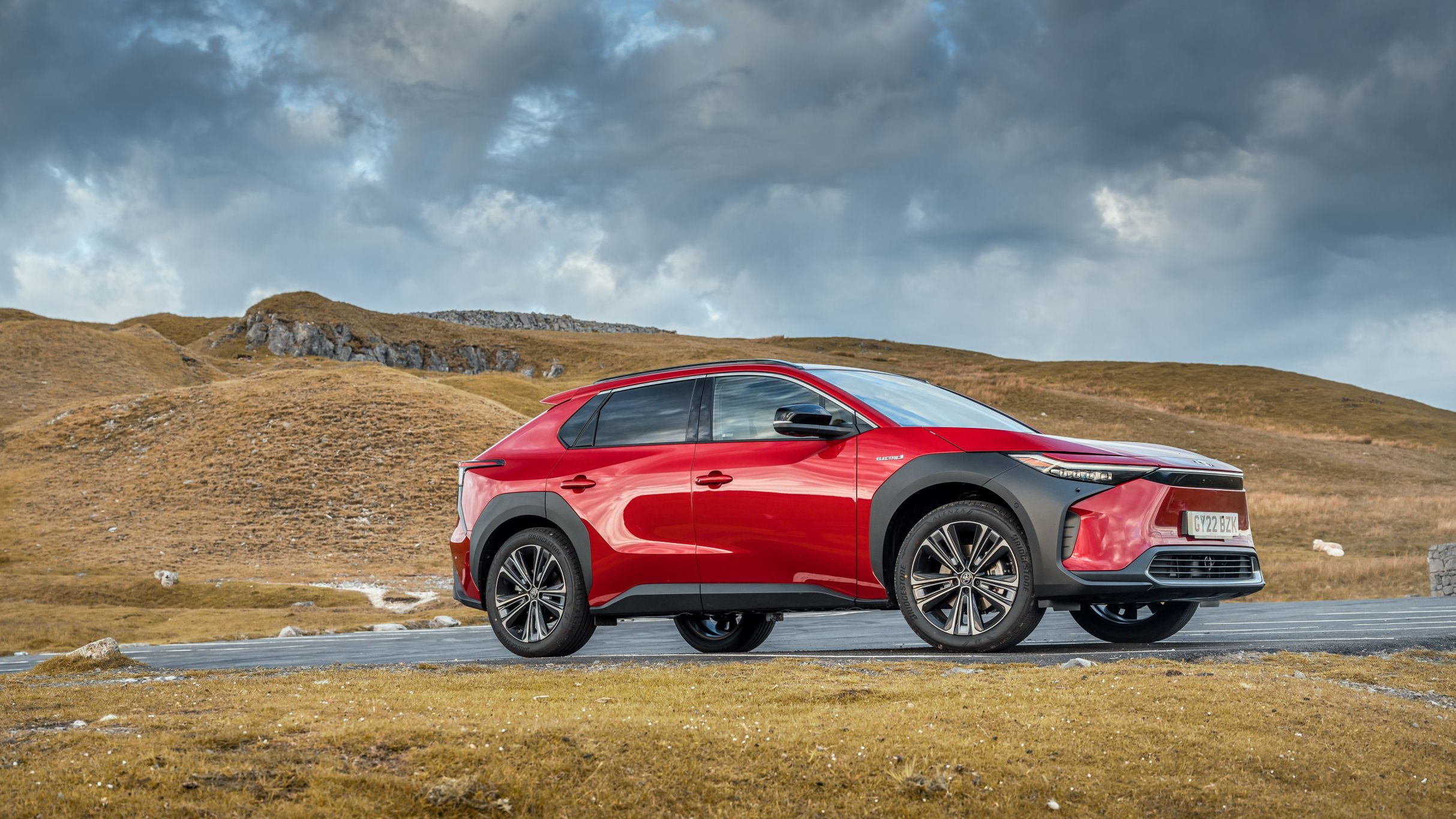 Toyota bz4X SUV is the marque’s first pure electric vehicle
Toyota bz4X SUV is the marque’s first pure electric vehicleThe Toyota bz4X is our first chance to explore how the long-standing masters of mass automobile production make an EV
By Jonathan Bell
-
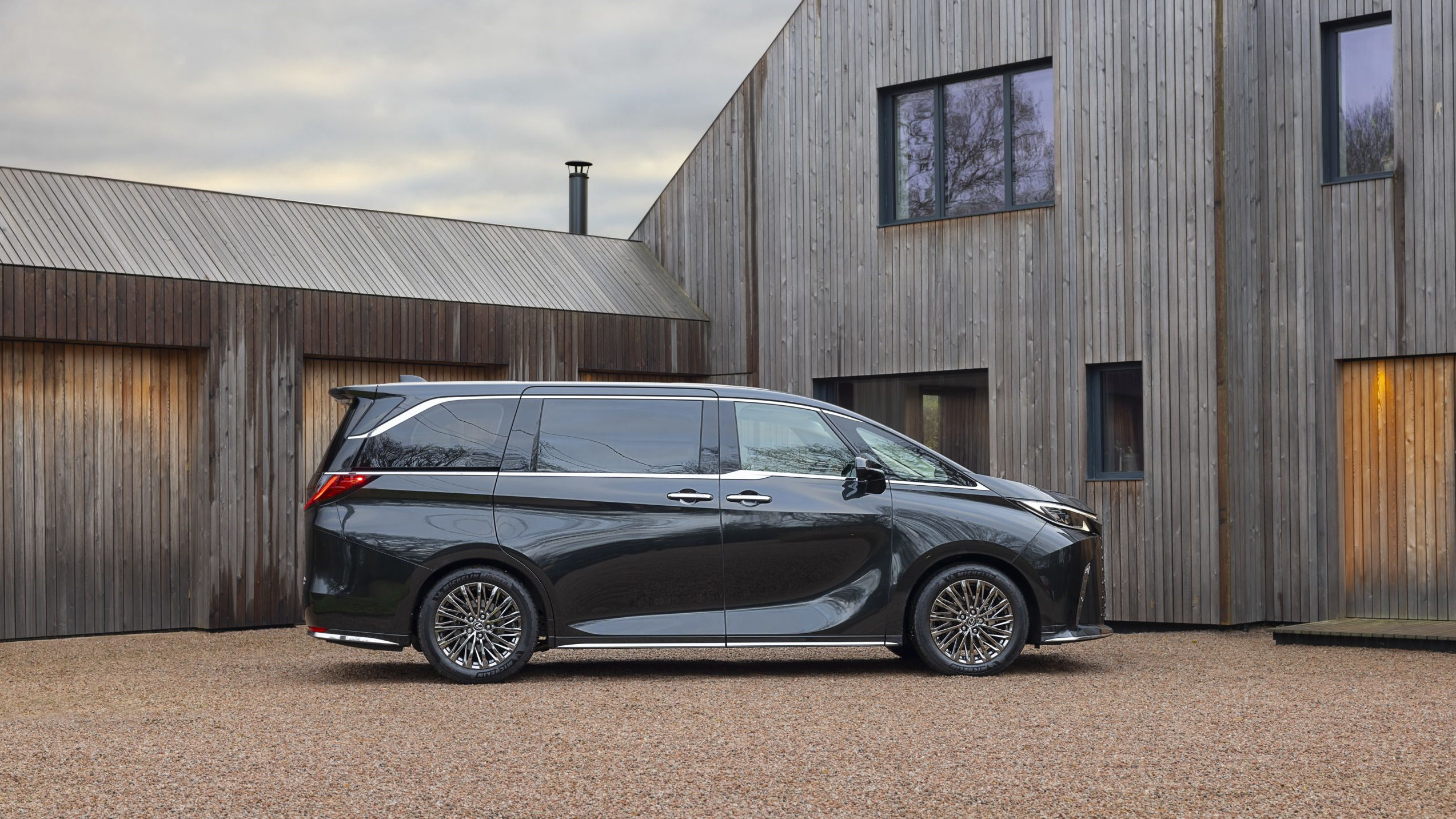 Lexus LM wants you to have the back-seat ride of your life
Lexus LM wants you to have the back-seat ride of your lifeThe back of the Lexus LM has the space, grace and accoutrements to rival a Rolls-Royce. Can this upscale minivan reinvent the luxury car?
By Jonathan Bell
-
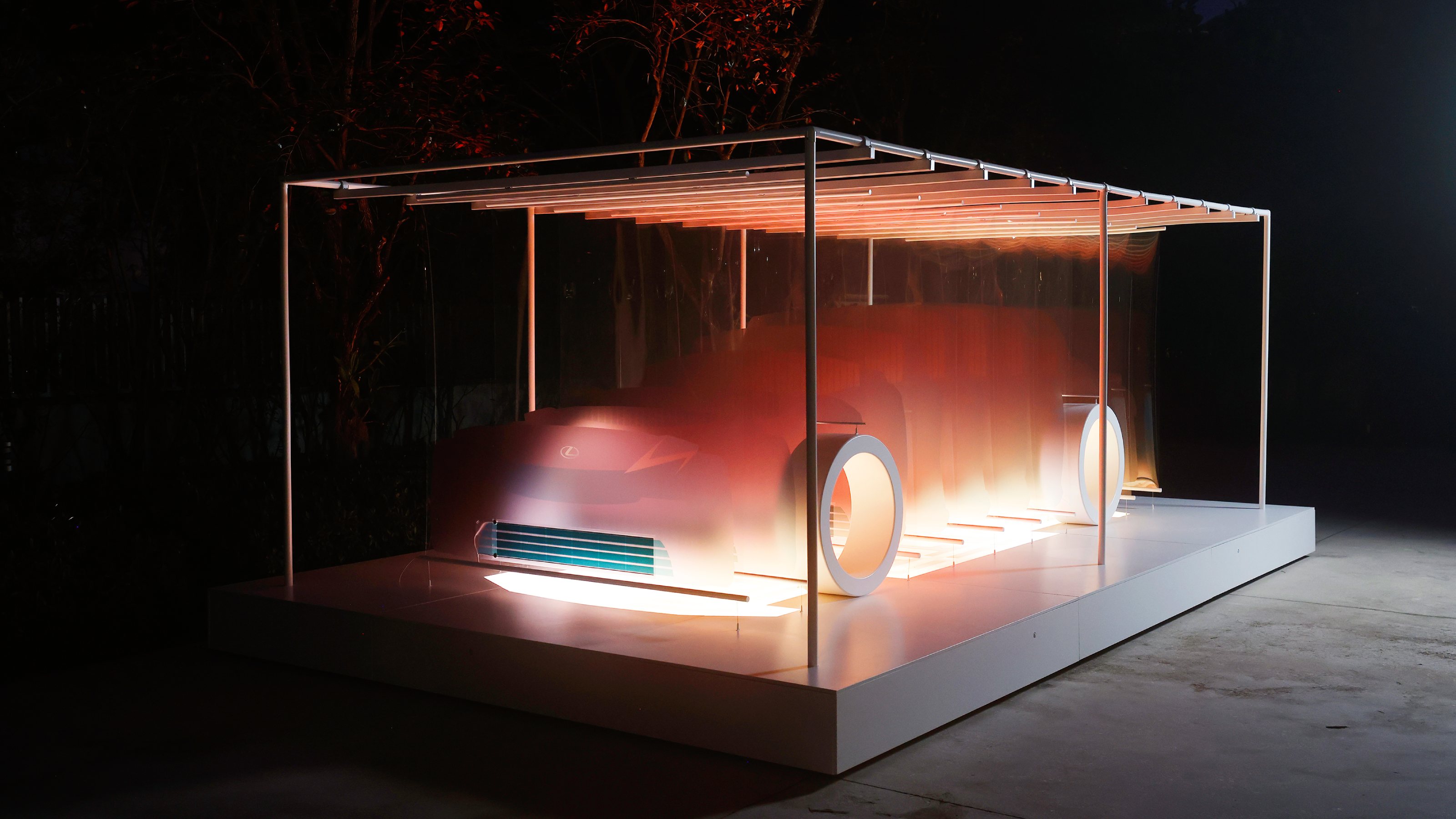 Marjan van Aubel’s ‘8 Minutes and 20 Seconds’ installation with Lexus is our Best Solar Roller
Marjan van Aubel’s ‘8 Minutes and 20 Seconds’ installation with Lexus is our Best Solar RollerThe Dutch solar designer Marjan van Aubel mounted an interactive installation in Miami to introduce Lexus’ new zero-emission LF-ZC concept car
By Adrian Madlener
-
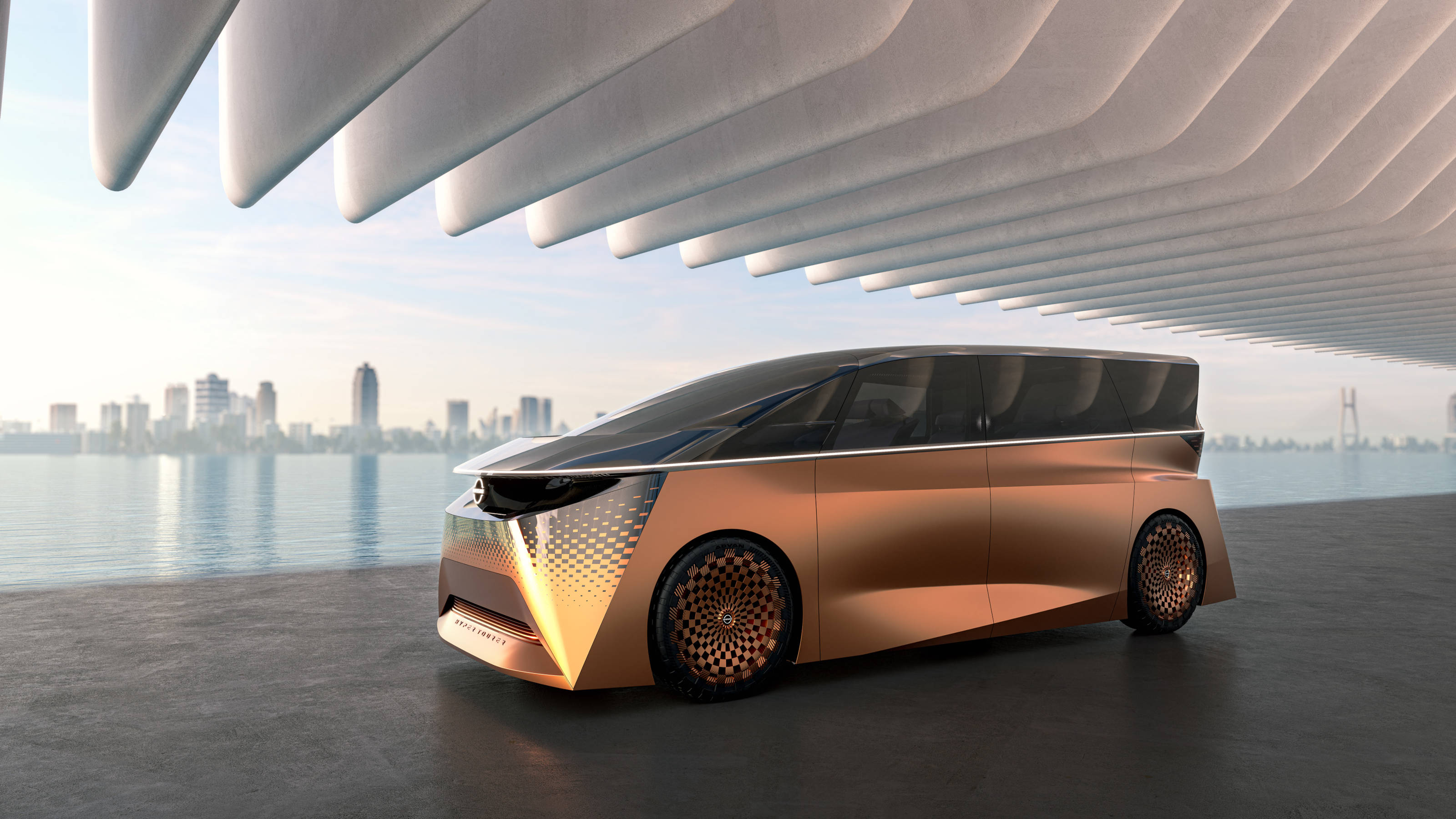 The debut Japan Mobility Show saw the country’s carmakers preview the near future
The debut Japan Mobility Show saw the country’s carmakers preview the near futureThe 2023 Japan Mobility Show offered up a vast array of futuristic transportation, from concept sports cars to autonomous taxis, and eVTOL aircraft
By Jonathan Bell